Introducing “TUMO” – The IT Education Highlight at the Armenia Pavilion, Osaka-Kansai Expo

Introducing “TUMO” – The IT Education Highlight at the Armenia Pavilion, Osaka-Kansai Expo
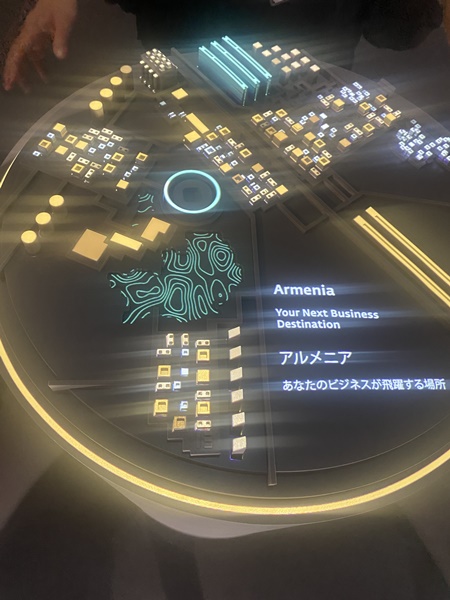
At the Osaka-Kansai Expo, held from April to October 2025, the Armenia Pavilion has become a focal point for educators, thanks to its showcase of the internationally acclaimed technology and design education program “TUMO.”
Pavilion Theme and Exhibits
The Armenia Pavilion’s theme, “Pillars of Today & Tomorrow,” is expressed through eight pillars representing the nation’s history, culture, tourism, innovation, and the future of education. Inside, visitors experience a fusion of Armenian tradition and cutting-edge technology via interactive displays.
TUMO’s Global Education Model
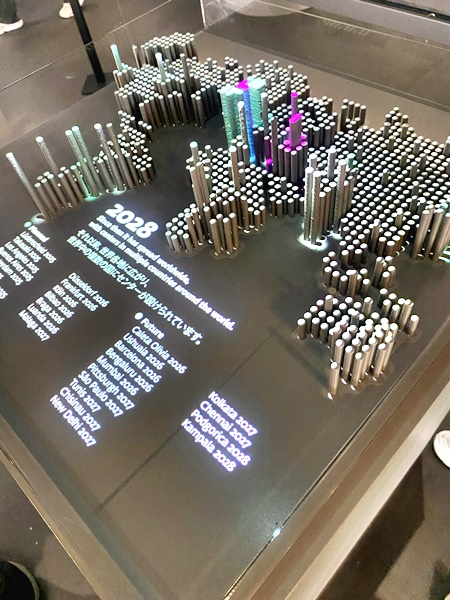
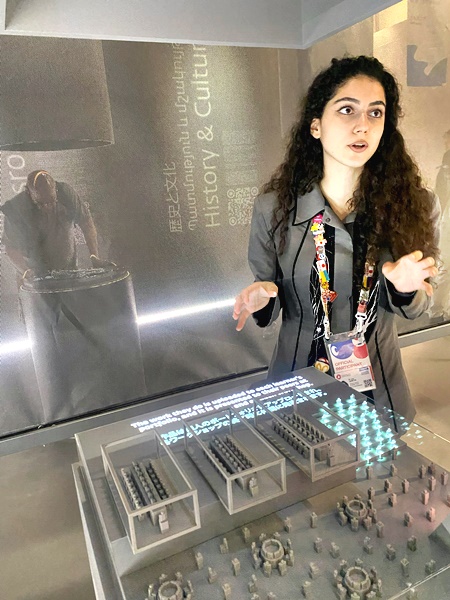
A central feature of the pavilion is the presentation of the TUMO education model, which originated in Armenia and has gained global recognition. Its AI-powered personalized learning paths distinguish TUMO and an expanding international network. The exhibit introduces how TUMO empowers young people to acquire digital skills, highlighting its unique learning method and global reach.
A major highlight is the upcoming “TUMO Gunma” launch—Japan’s and Asia’s first TUMO center, opened in Early June 2025 in Takasaki, Gunma Prefecture. The pavilion spotlights this development as the beginning of a new era, when Japanese high school students and teens will access world-class technology and design education.
What Makes TUMO Unique?
Founded in Armenia, TUMO is a free-of-charge, after-school program at the intersection of technology and design, for teens aged 12-18. It covers many learning areas, including 3D modeling, game development, graphic design, animation, programming, and more.

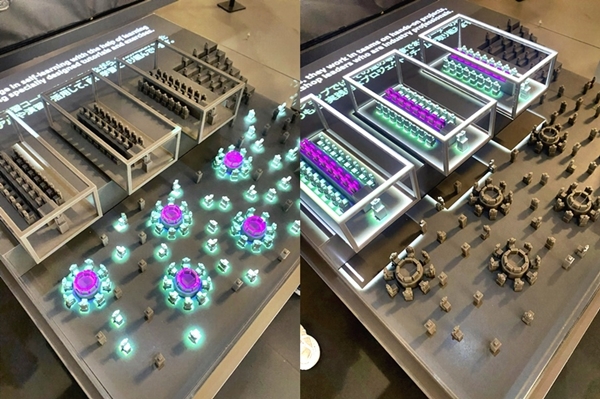
TUMO’s Three-Pillar Learning System
1. Self-Learning Activities (about 60% of the program)
At TUMO, students start with “self-learning activities”—short, interactive tasks that help them build basic skills at their own pace. For example, in programming, students might create a simple game, solve mini-challenges using variables and loops, or write basic code to control a robot. These activities usually take 5 to 20 minutes and come in many formats, such as videos, illustrations, quizzes, and mini-projects.
Students can choose activities in any order and work as quickly or slowly as they like. Most self-learning activities are prerequisites, meaning you must complete them before joining workshops or learning labs in each skill area.
Role of Coaches:
TUMO coaches are always available to help. If students get stuck, coaches give hints, advice, and encouragement, but they don’t just give answers—they help students think for themselves.
Wide Range of Choices:
There are hundreds of self-learning activities covering animation, game development, 3D modeling, music production, web design, and more.
2. Workshops
After building a foundation through self-learning activities, students can join workshops—hands-on sessions where they work together with peers on real projects. For example, in an animation workshop, a group might plan and create a short animated film. In a programming workshop, a team could develop a simple game or app.
Workshops are available in all 14 TUMO learning areas, including 3D modeling, filmmaking, graphic design, and robotics. Each field offers three levels, from beginner to advanced.
Workshops are led by specialists and focus on teamwork, creativity, and practical skills. Projects created in workshops are added to each student’s online portfolio and sometimes submitted to competitions or published online.
3. Learning Labs (Special Sessions)
TUMO also offers “Learning Labs”—special sessions taught by top professionals from world-renowned enterprise companies and creative industries. These are unique opportunities to learn directly from experts at places like NASA, Google, Pixar, or Adobe.
Examples:
-
A Google engineer teaches a special class on AI programming.
-
A Pixar animator leads a character animation workshop.
-
Game developers from leading studios guide students through game design and development.
-
An Adobe designer gives a masterclass on the latest digital tools.
Learning Labs are usually short-term (from one day to a few weeks) and focus on advanced, real-world projects. Students work in teams, receive direct feedback from professionals, and gain global perspectives and confidence.
TUMO’s Strength: Step-by-Step Skill Building
Through these three steps—self-learning, workshops, and Learning Labs—TUMO helps even beginners systematically build their skills up to an intermediate level. Students can freely explore their interests, learn at their own pace, and gain both practical experience and inspiration from world-class experts.
Comparison with Typical Online IT Education
| Feature | TUMO | Typical Online IT Education |
|---|---|---|
| Learning Style | Online + in-person workshops + labs | Online only |
| Target Audience | Mainly middle/high school students | Broad age range (often adults) |
| Cost | Free | Often paid |
| Depth of Learning | Systematic, beginner to intermediate | Self-taught, often less structured |
| Peer Interaction | Yes (collaborative workshops) | Rare (mainly solo study) |
| Industry Collaboration | Yes (special sessions) | Rare |
TUMO offers a “blended” learning environment where students learn independently, collaborate with peers, and receive guidance from world-class professionals—a true fusion of real and digital learning.
TUMO Gunma: Japan’s First Center

Opening in summer 2025 at G Messe Gunma in Takasaki, TUMO Gunma is the first TUMO center in Japan and Asia. The center targets teens aged 12-18 years old, offering programs in eight learning areas, with plans to include skills like generative AI. Participation is free, ensuring access regardless of family income.
A Global Learning Frontier
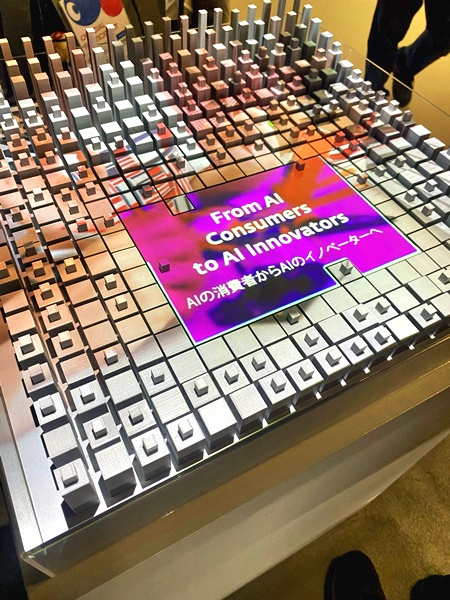
Through its exhibit, the Armenia Pavilion presents TUMO as a place where tradition meets innovation, inspiring young people worldwide with a new educational model. Visitors to the Expo can experience not only Armenian history and culture but also the possibilities of future-focused education.
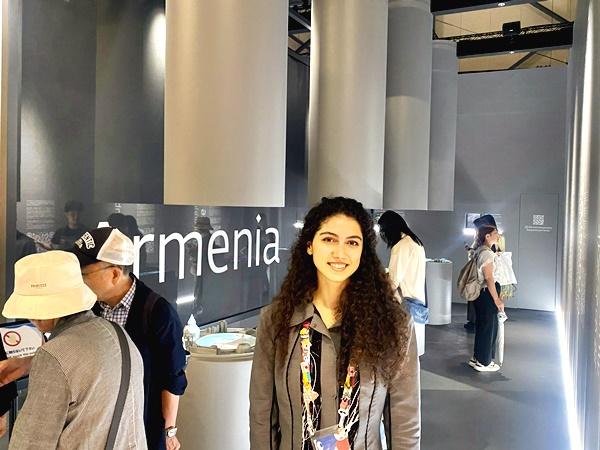
Milena, a university student from Ukraine, shared her experiences and thoughts about TUMO. She explained that what stood out to her most was that anyone can freely participate in any of TUMO’s 14 learning areas, regardless of their current academic level, as long as they are motivated. She found it impressive that students can learn for free, at any time, and focus on what interests them—whether it’s programming, filmmaking, animation, or any other learning area. Milena also mentioned the importance of the coaches, who are always available to give advice and guidance whenever needed. She said that what she learned at TUMO has continued to be useful even after entering university.
Although Milena had never studied in Armenia before, she found it incredibly valuable to be able to join TUMO freely and gain skills that help her envision her future. She described the environment, where experienced coaches support you and you can learn alongside people from many different backgrounds, as truly inspiring. Even after turning 18, Milena continues to attend TUMO, saying that there is always more to learn.
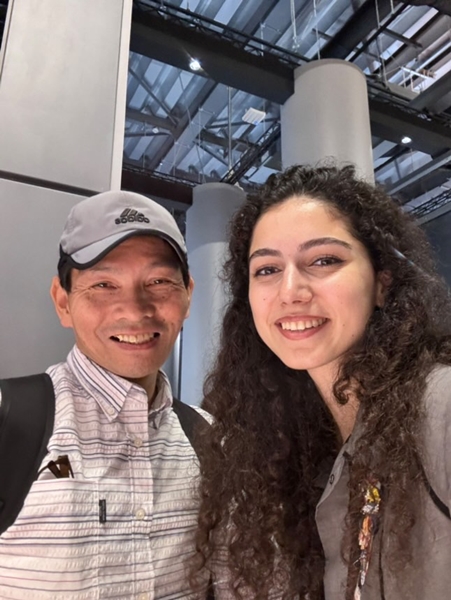
At TUMO Gunma, anyone can acquire the skills to shape their future, regardless of their parents’ income or their current academic level. As a driving force behind Gunma’s “Digital Prefecture” initiative, TUMO Gunma is expected to become a hub that spreads a new wave of digital talent from the region to all of Japan.
— Kazumi Miyazaki, Editor-in-Chief, GLOBALCOMMUNITY